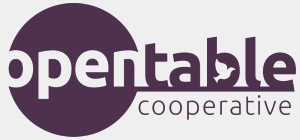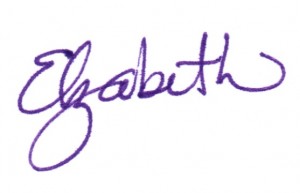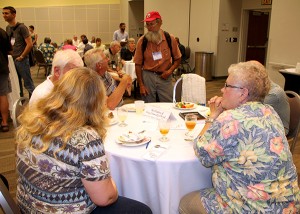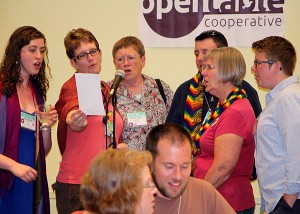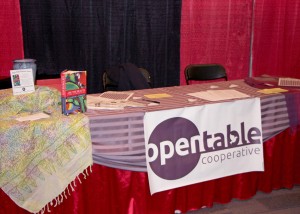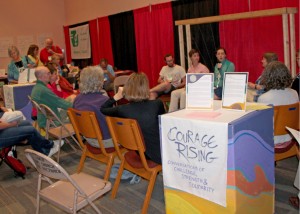You can download a PDF of this week’s reflection here.
Step 1 of learning to walk in the dark is to give up running the show.
Next you sign the waiver that allows you to bump into some things that may frighten you at first.
Finally you ask darkness to teach you whatever you need to know.
Each August, during the Perseids Meteor Shower, my family and I head up to Mount Rainier National Park in our home state of Washington. Up at Paradise, the National Park Visitors Center, at approximately 5,400 feet (1,600 m) above sea level on a clear night the expanse of the night sky is astounding. Equipped with our binoculars and thermos of hot chocolate we lay on our back on a picnic table and look up. Waiting on baited breath for our eyes to adjust, we hope to be the first to see a star streak across the sky. Once the first one is spotted, they come quickly. Sometimes in two’s or three’s others with long minutes in-between. Each time we squeal with excitement and astonishment. In the space between the stars the darkness settles in. The cool evening air is damp and we collect a layer of dew as we lay there.
From that perspective, atop the picnic table, the dark expanse of the nighttime sky is so much larger than the darkness of the ground below me, and it is true that “darkness is not dark to God”. There is so much light even for a place that strives to be void of light pollution. The artificial lights that we humans prefer have negative effects on the cicada rhythm of the local wildlife. The light of the moon reflects off the glacial ice pack further up on the mountain and it glows so brightly that it casts shadows. In these moments of darkness our bodies and souls relax, there is nothing to be done other than wait and watch.
The minutes between streaks of light feel as though they last hours, but the few seconds it takes a star to fly across the sky is so brief that if you blink you will miss it. Time has no meaning and before we know it, it is well past mid-night. It is only as we reluctantly pack up that I begin to feel the prickles on the back of my neck, the subtle reminder of my childhood fear of the dark. In returning to our own sense of time-keeping we begin to notice the darkness again. Suddenly we realize that we are not alone, a raccoon family has been watching us and we debate wether the large dark shadow ahead is a bush or a bear.
What would my life with God look like if I trusted this (lunar) rhythm instead of opposing it? … Did I have enough faith to explore the dark instead of using faith to bar all my doors? How much more was in store for me if I could learn to walk in the dark?
I am finding that learning to walk in the dark is as much about learning to let God be the timekeeper as it is about learning to be comfortable in the un-light places.
This week as you read chapter 1 head outside, watch as dusk turns to twilight and the stars emerge. Let the dew settle on your skin and if you are lucky maybe you will see a shooting star too. In these few moments let God be the timekeeper.
This weeks’s reflection was written by Elizabeth Swenson.
Join in the discussion below.
